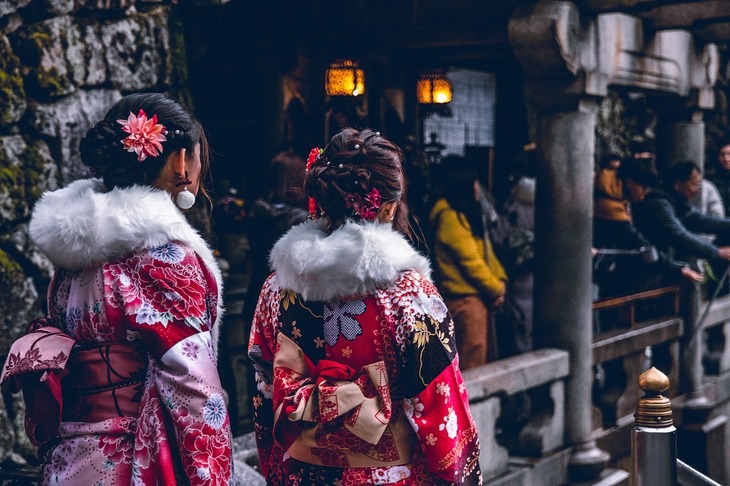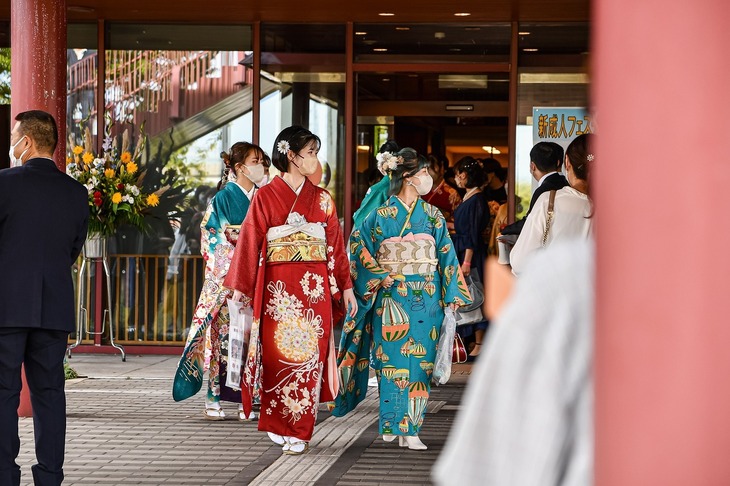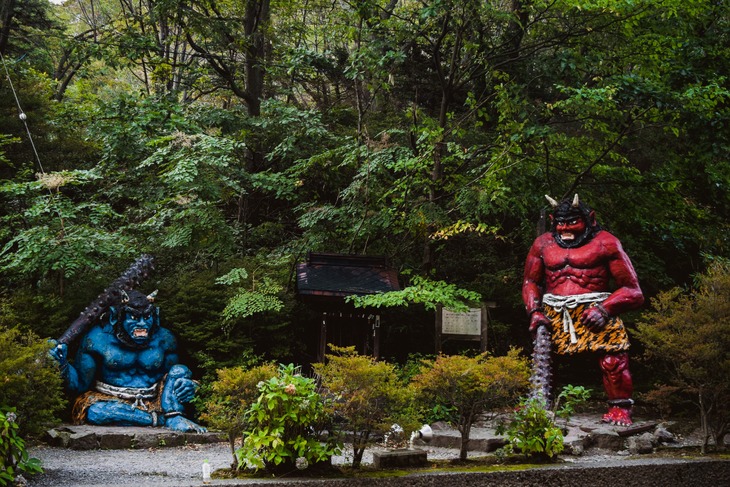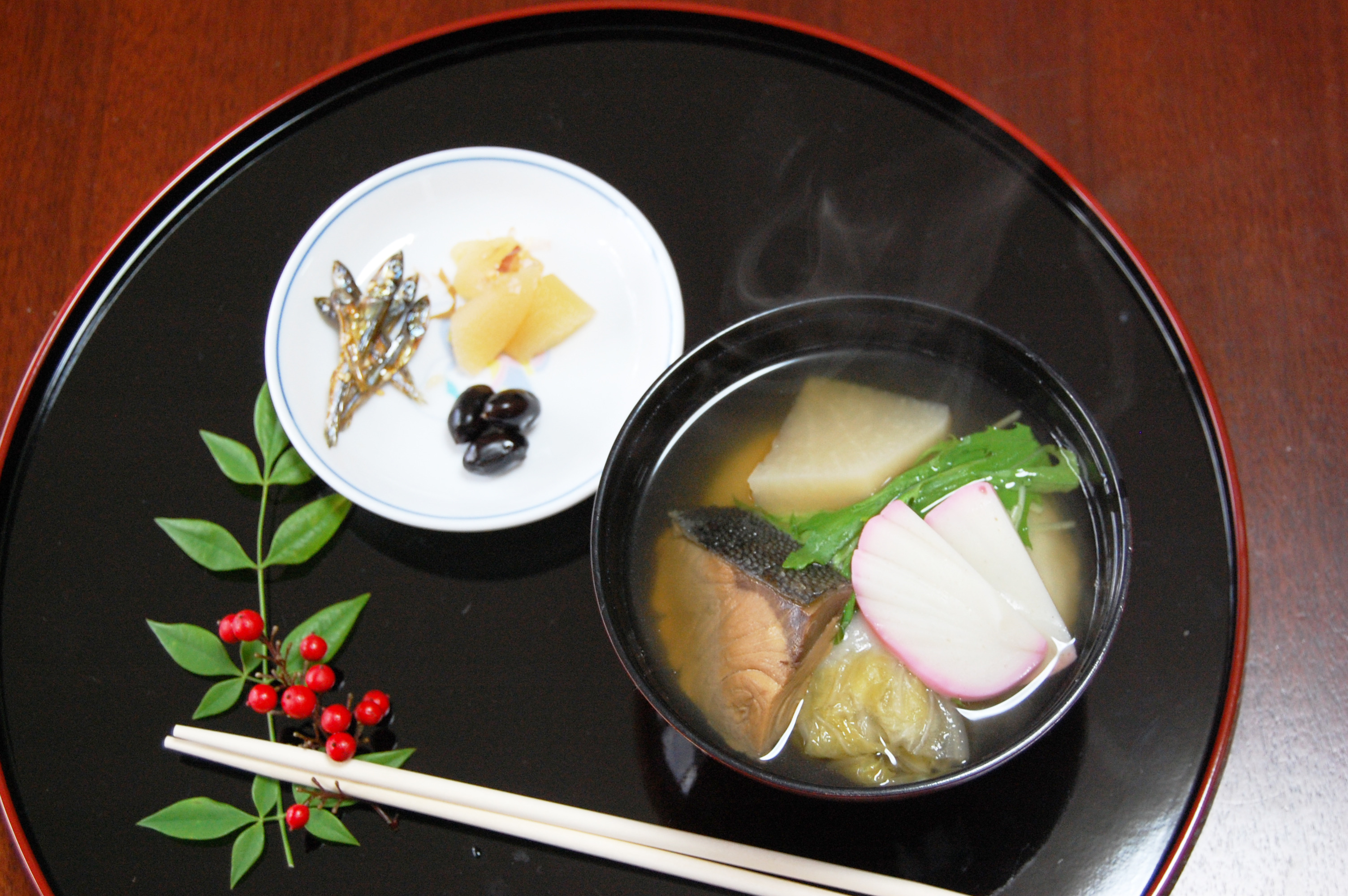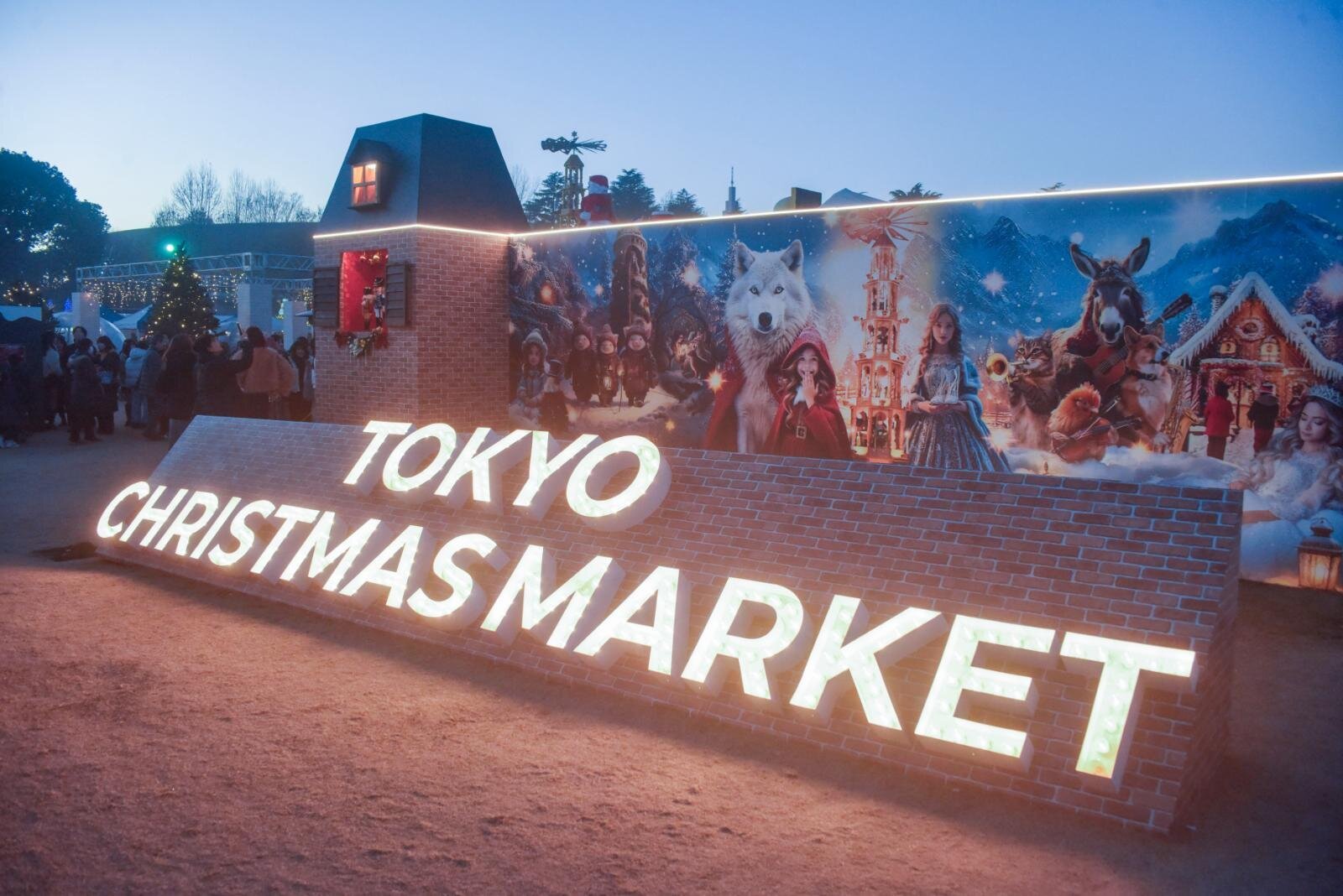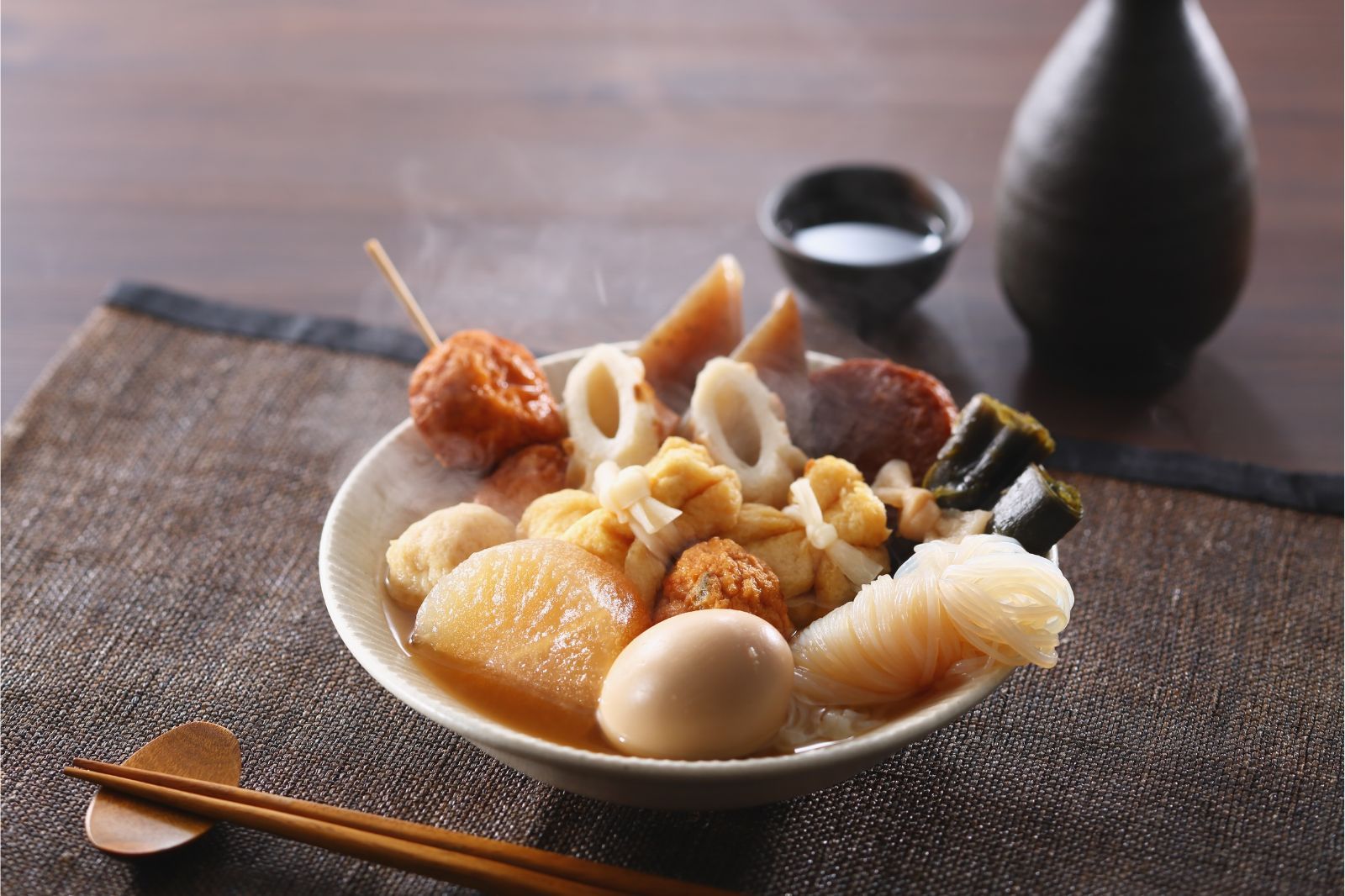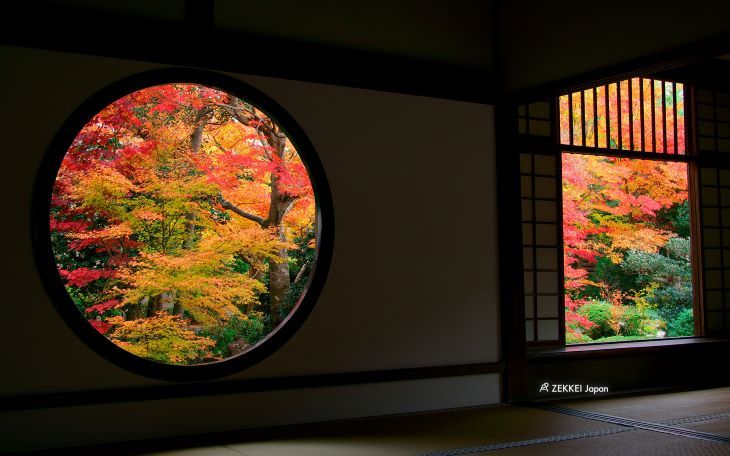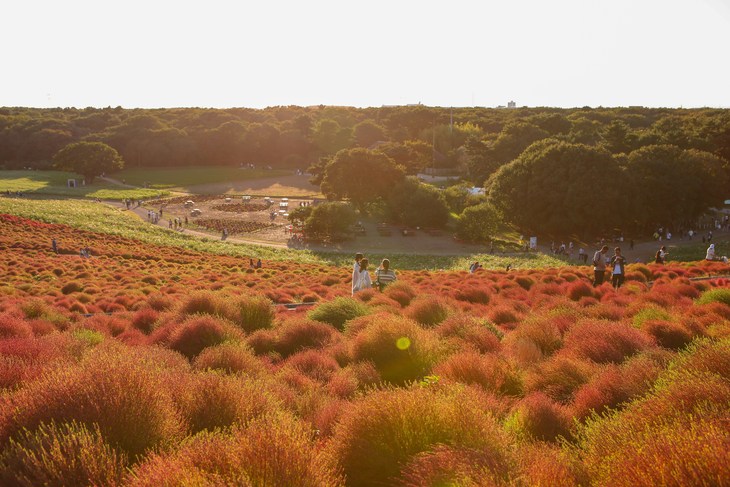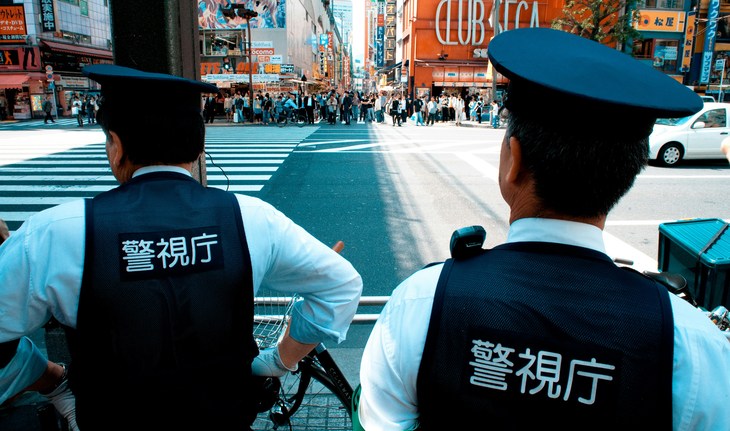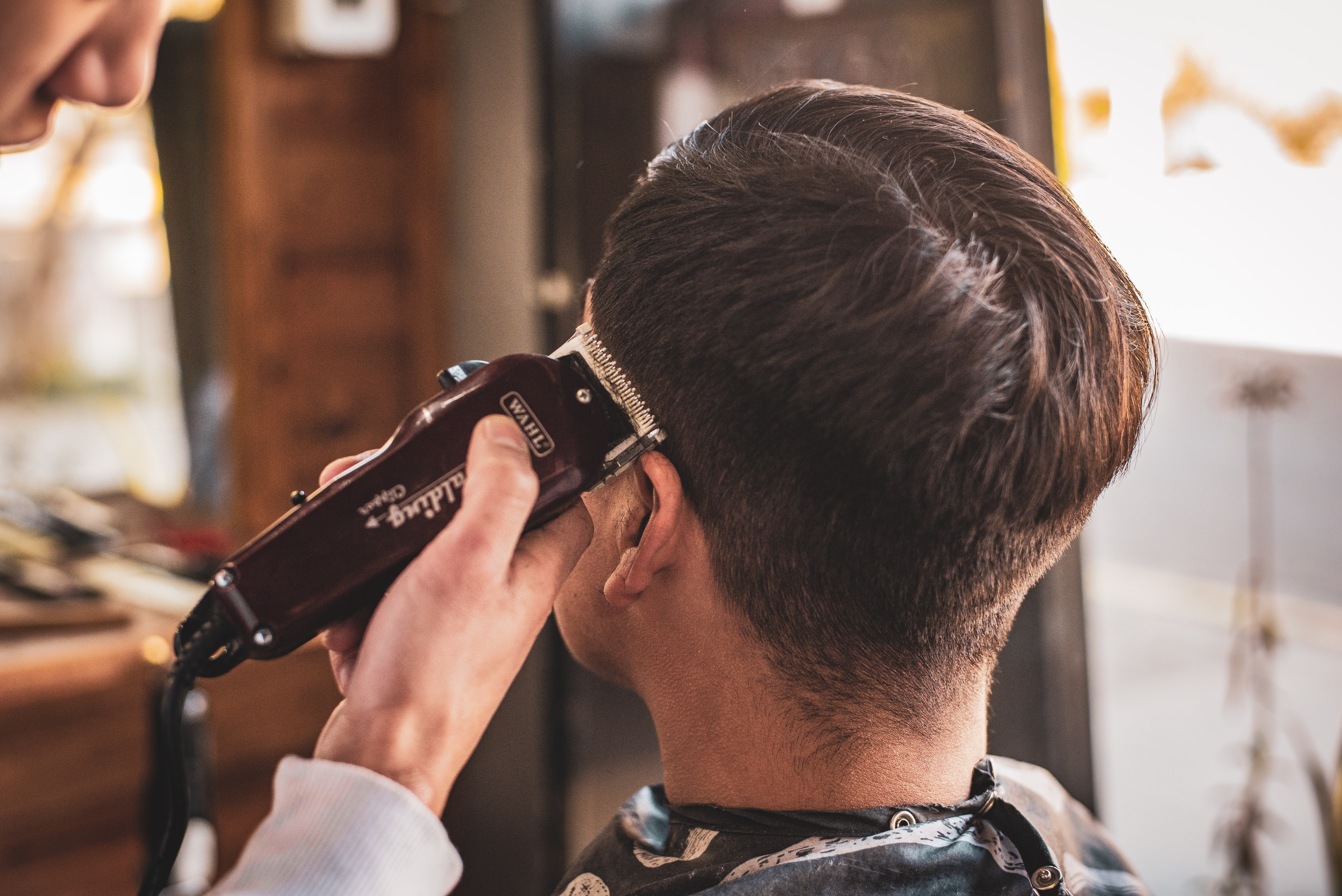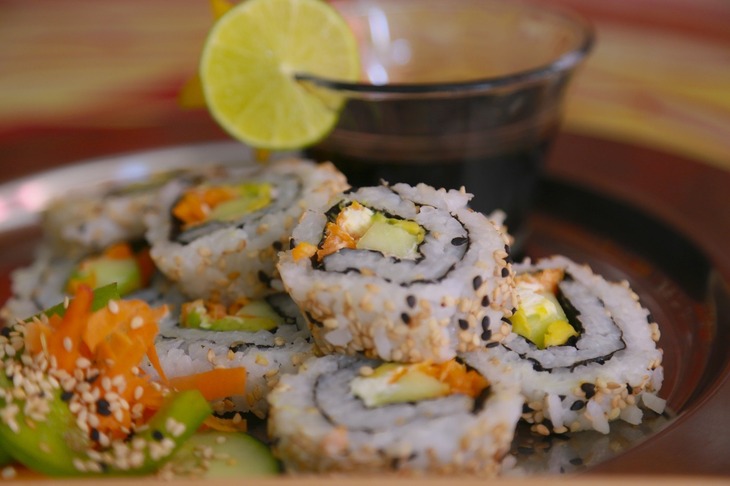Special Events in January and February in Japan: Coming of Age Day and Setsubun
As Japan gets back into its normal routines after New Year's and settles into the cold winter months, celebrations and festivities don't end. January and February are host to two popular and important celebrations: Coming of Age Day and Setsubun. Both holidays are deeply rooted in Japanese traditions but have completely different purposes and meaning behind them. If you find yourself in Japan in January or early February, you may see young men and women or families celebrating these holidays, so let's take a look at Coming of Age Day and Setsubun so you can learn more about these unique Japanese holidays.
Coming of Age Day
The Coming-of-Age Ceremony, known as Seijin Shiki in Japanese, is a traditional rite of passage marking the transition from childhood to adulthood. People usually celebrate this on Coming of Age Day, which falls on the second Monday of January, however, people often choose to celebrate on weekends or other days of the week in January if they can't take the time to do so on Coming of Age Day.
The Coming-of-Age Ceremony marks the transition to adulthood for Japanese people, which used to be the age of twenty but since 2022 has been lowered to eighteen. Anyone who came of age between April 2 of the previous year and April 1 of the current year can celebrate. This celebration sees new adults dress in traditional kimonos or suits and gather at local city halls or shrines to celebrate reaching the age of maturity.
Coming of Age Day is a truly fun day in Japan since the young people celebrating are usually full of joy as they receive blessings and make the most of this special day. It is also one of the few chances to see young women dressed in beautiful furisode, a style of kimono with long sleeves that hang down. You may also see men wearing traditional hakamas, though this has become much less common in recent years and more men tend to choose to wear suits.
After the ceremony itself, it is common for participants to take photos with family and friends and enjoy meals together. It's a fitting end to a day dedicated to celebrating the joy of the start of the rest of these young adults' lives.
Setsubun
Setsubun is a traditional event taking place around February 3rd which was originally held to purify evil spirits and and invite good fortune during the changing of the seasons. This holiday dates back to the Nara Period (consisting of most of the 700s) and to this day is still celebrated in many households and temples.
There are many ways that Setsubun is celebrated, including traditional ceremonies held at temples and shrines, activities at schools and community centers, and celebrations held at home by families. One of the most famous traditions is "mamekami" a ritual conducted to drive away oni (the Japanese word for demons or ogres.
Mamekami, which can be held at schools, community centers, or at home, consists of throwing fukumame (lucky beans) at each other while shouting "oni wa soto, fuku wa uchi!" (Out with demons, in with good luck), which is done to ward off bad luck and invite good fortune. If held at home, one of the parents will often dress up as an oni to become the target of the fukumame thrown by their kids. Many costume events and parades are also held to celebrate Setsubun, which makes this quite a festive holiday.
Another tradition is Ehomaki, which usually takes place at night. Ehomaki is a kind of rolled sushi that is believed to bring good luck and make your wishes come true if you eat it while facing a lucky direction. To take part in this tradition, face the "lucky direction" which corresponds to the current year, silently make a wish, and eat the ehomaki without saying a single word. If you can eat the ehomaki in one go without speaking, you'll have completed the ritual.
Some varieties of ehomaki may require reservations depending on where you buy them from, while others can be found easily at grocery stores.
Setsubun Events
There are various large Setsubun events held across Japan. If you want to take part in the events, be sure to check them out! Here are some of those events.
・Setsubun-sai O-nagashi (Tokyo)
At Hanazono Shrine in Tokyo, traditional performances of Japanese court music (known as Gagaku) and a ceremony featuring Japanese deities are held in the shrine's Kagura Hall. If you attend the event, you'll also be able to receive a fukubukuro or lucky bag.
This year, the event will be held on February 3. Learn more here.
・Okage Yokocho Setsubun Market (Mie Prefecture)
Held at Okage Yokocho, a recreated historical shopping street located just outside the Inner Shrine of Ise Grand Shrine in Mie Prefecture, this Setsubun Market hosts events for a week leading up to Setsubun. On February 3, children participate in a ritual to chase away oni by throwing fukumame. If you want to enjoy the Setsubun atmosphere while feeling like you've been transported back to Japan's past, this is a great event to check out.
This year, the market will be held from January 27 to February 3. Learn more here.
・Setsubun-sai (Osaka)
At Sumiyoshi Taisha Shrine in Osaka, a more solemn ceremony is held for Setsubun. During this ceremony, called Hoe-sha no Gi, archers symbolizing demons draw bows to drive away evil spirits. This is a famous event that attracts many visitors to this shrine to watch the event unfold. People will also customarily pray at Sumiyoshi Taisha on this day in the hopes of dispelling and warding off misfortune.
This event will be held on February 3 this year. Learn more here.
Witness Japanese Traditions this Winter!
If you are in Japan during January and early February, you will likely see groups of young adults dressed up for their Coming of Age ceremony, or hear the laughter of children throwing beans at people dressed up colorfully as demons. These Japanese celebrations have long histories and are just one of the many examples of ancient traditions continuing to live on in modern times in Japan. If you have the chance, be sure to congratulate anyone celebrating reaching the age of maturity, or take part in a Setsubun event at a shrine or temple! Doing so will give you a deeper appreciation of Japan and its unique culture.














